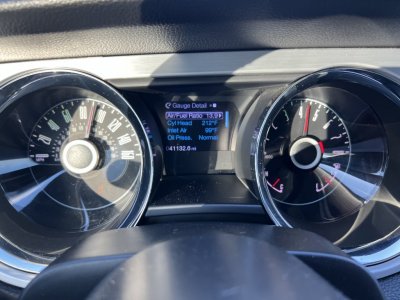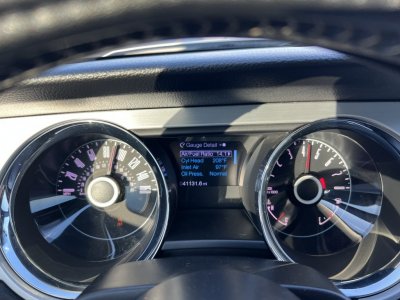
 Just trying to get some opinions on whether I should get / need the Boss or bigger radiator. My 14 is not the track pack , but I’ve added the Boss oil cooler and cooling fan. It’s been pretty hot and humid down here on the west coast of Florida and my cylinder head temp has been above 200*. It seems since I switched to 5w30 from 5w20 that my engine seems to run a little higher temp from before. I think the regular GT radiator works , just thinking I need the extra cooling / coolant for the oil cooler to be most effective. Not really tracking the car or anything, but do step into the gas on weekends. I’m not looking for anymore power , just want to keep it running smoothly and cool is all. Couple of pics in 5th gear rolling across the bridge by my house when it was 94* outside. The car has never ran really hot or overheated, think max CHT I’ve seen on it was 216*.
Just trying to get some opinions on whether I should get / need the Boss or bigger radiator. My 14 is not the track pack , but I’ve added the Boss oil cooler and cooling fan. It’s been pretty hot and humid down here on the west coast of Florida and my cylinder head temp has been above 200*. It seems since I switched to 5w30 from 5w20 that my engine seems to run a little higher temp from before. I think the regular GT radiator works , just thinking I need the extra cooling / coolant for the oil cooler to be most effective. Not really tracking the car or anything, but do step into the gas on weekends. I’m not looking for anymore power , just want to keep it running smoothly and cool is all. Couple of pics in 5th gear rolling across the bridge by my house when it was 94* outside. The car has never ran really hot or overheated, think max CHT I’ve seen on it was 216*.

